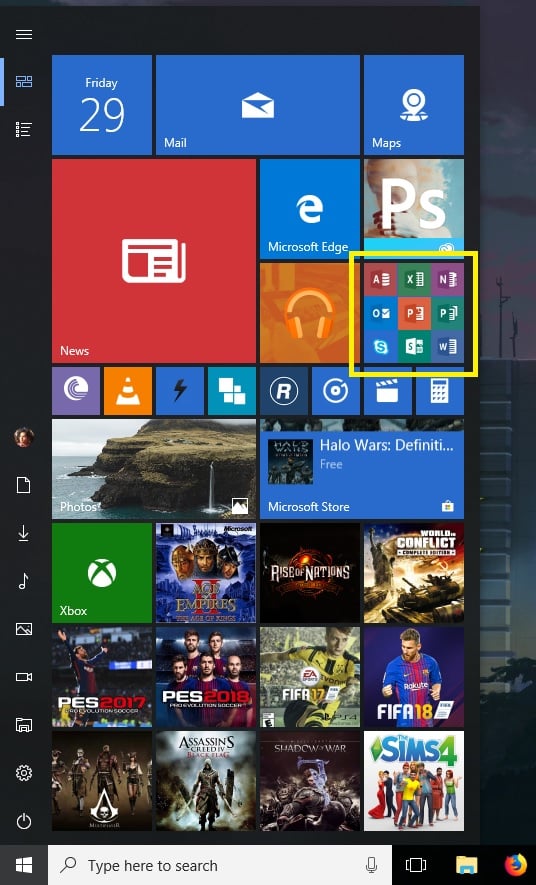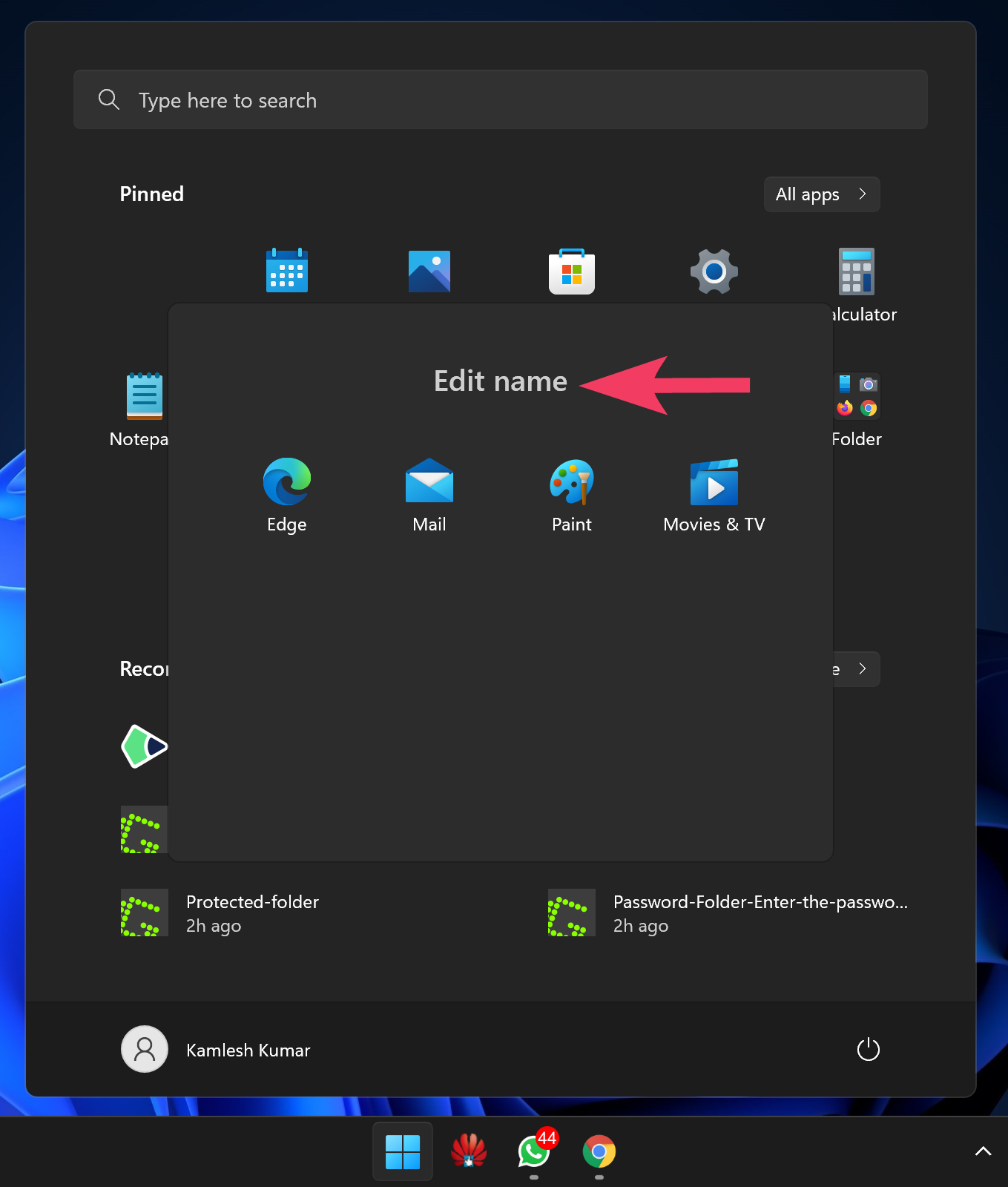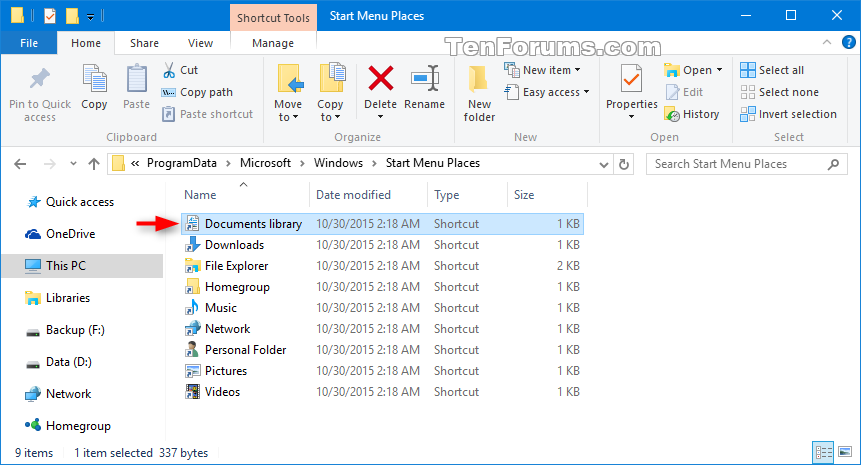

- #WINDOWS 10 START MENU FOLDER MODIFICATIONS WINDOWS 10#
- #WINDOWS 10 START MENU FOLDER MODIFICATIONS PRO#
- #WINDOWS 10 START MENU FOLDER MODIFICATIONS WINDOWS 8.1#
You can change back and forth between the Start menu and the Start screen with two mouse clicks (right-click, Run with PowerShell) if you copy the little PowerShell script to your desktop. If you know how this can be done, please share your wisdom.
#WINDOWS 10 START MENU FOLDER MODIFICATIONS WINDOWS 10#
I didn’t find a way to access the Windows 10 Start screen without disabling the Start menu first. If you are testing a desktop configuration and want to switch back and forth quickly between the Start screen and the Start menu, the above methods are a bit cumbersome.

To enable the Start screen, you have to set the value to “0.”Īs with the GUI method, you have to sign out and sign in again to change the setting. The default value of EnableStartMenu is “1”. The Registry key is: HKEY_CURRENT_USER\Software\Microsoft\Windows\CurrentVersion\Explorer\Advanced\EnableStartMenu If you already have a little test network with Windows 10 computers, you can use the Registry feature of Group Policy Preferences to centrally configure all machines to use the Start screen. Of course, you know that you first have to save all your documents. The switch “Use the Start menu instead of the Start screen” is enabled by default.Īfter you disable the Start menu, you have to sign out and sign in again to change this setting. The Taskbar and Start menu Properties (as they called in Windows 10) have a new Start menu tab. To restore the Start screen through the GUI, you have to right-click the Taskbar and then navigate to Properties. In the meantime, you can change to the Start screen via GUI, Registry, and PowerShell. I didn’t find the corresponding Group Policy setting in Windows 10, but I am sure Microsoft will support this in the final version.
#WINDOWS 10 START MENU FOLDER MODIFICATIONS WINDOWS 8.1#
If you deployed Windows 8 or Windows 8.1 and your users are already used to the Start screen, you might consider centrally replacing the Start menu with the Start screen on all machines in your network. The good news is that Microsoft still supports the Start screen in Windows 10. He will explain in detail how you customize it.
#WINDOWS 10 START MENU FOLDER MODIFICATIONS PRO#
In a few days, we will have an article by Tim Warner who is pro Start menu. Why would anyone want to see the desktop when he is about to start an application? Feel free to respond to my complaints in a comment below.

I just don’t understand how it can be helpful to reduce the size of the Start screen to a little portion of the screen. Perhaps the Start menu has some real advantages. It is quite possible that I am missing something here. In Windows 7, the new user interface was suddenly great. I think those people who don’t like change and want to stick with what they know are those who shouted the loudest. What didn’t surprise me was the outcry of the Windows community. Thus, I was somewhat surprised that Redmond was really willing to stop the evolution of Windows and introduce some radical changes in Windows 8.

Honestly, I didn’t believe that Microsoft would be so courageous and get rid of the Windows Start menu. My wish is that the Windows Start menu completely disappears. Hence, Microsoft should rapidly give up some Windows features we grew fond of over the years.


 0 kommentar(er)
0 kommentar(er)
